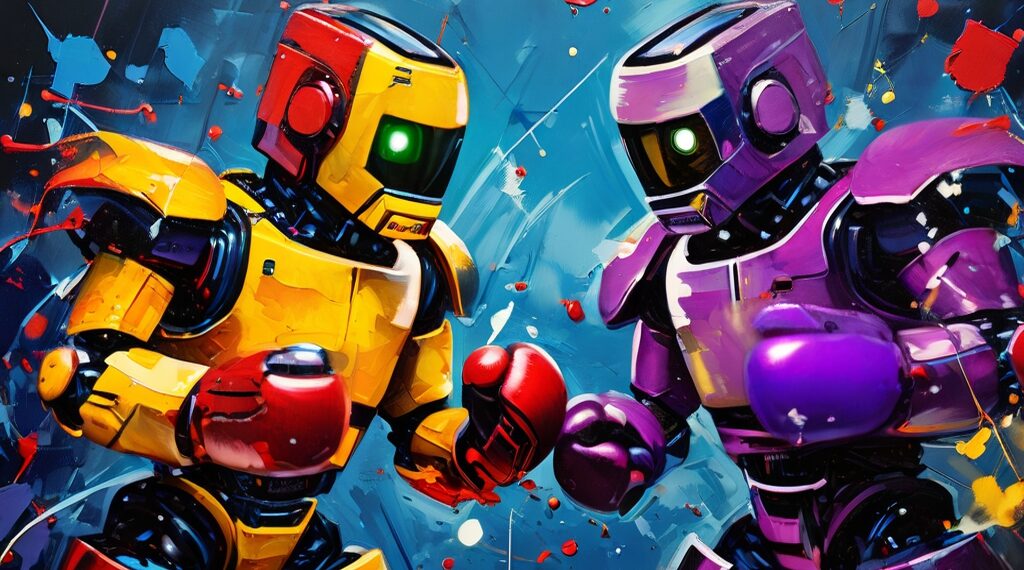Google unveiled a new AI video synthesis model called Veo, which is capable of creating HD videos using text, images, or videos as prompts, similar to OpenAI’s Sora. It can generate 1080p videos lasting over a minute and edit videos from written instructions, but it has not yet been released for broad use.
The company says that Veo can edit existing videos using text commands, maintain visual consistency across frames, and generate video sequences lasting up to and beyond 60 seconds from a single prompt or a series of prompts, representing a narrative. It can create detailed scenes and apply cinematic effects such as time-lapses, aerial shots, and various visual styles. Recent advancements in AI image and video synthesis models have aimed at allowing anyone who can type to create detailed images or videos, but neither technology has been fully refined.
Google’s Veo appears to compete with OpenAI’s Sora video generator. Both have limited access to the tools, with Google allowing creators to join a waitlist for access to Veo’s features through VideoFX, a new experimental tool available on Google’s AI Test Kitchen website, labs.google. Google plans to integrate some of Veo’s capabilities into YouTube Shorts and other products in the future.
Despite the impressive demos, Google acknowledges that maintaining visual consistency and avoiding flickering, jumping, or morphing in AI video generation models can be challenging. Google is confident enough in Veo’s capabilities that it is working with actor Donald Glover to create an AI-generated demonstration film. The videos created by Veo are watermarked using a tool for identifying AI-generated content and passed through safety filters and memorization checking processes that help mitigate privacy, copyright, and bias risks.
The whytry.ai article you just read is a brief synopsis; the original article can be found here: Read the Full Article…





